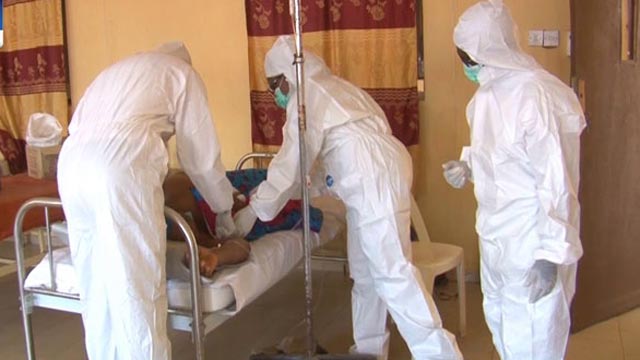An outbreak of Lassa fever in Nigeria has killed over 70 people with hundreds undergoing treatment.
The number of suspected cases has “increased significantly” compared with the situation in mid-January, from more than 700 to 1,708. Confirmed cases have also shot up to 472.
The disease is endemic in the West African country and its name comes from the town of Lassa in northern Nigeria where it was first identified in 1969.
Four new health workers have been affected by the latest outbreak in Ondo, Delta and Kaduna states.
The National Centre for Disease Control (NCDC), the Nigerian agency responsible for the management of disease outbreaks, said eight deaths have been recorded this week alone in three states.
How Lassa fever spreads
Lassa fever is a disease spread to humans through food or household items contaminated with rodent urine or faeces.
It has an incubation period of between six and 21 days and can be transmitted through contact with an infected person via bodily fluids and excretion.
The symptoms include high fever, headache, mouth ulcers, muscle aches, haemorrhaging under the skin and heart and kidney failure.
The World Health Organization said the antiviral drug ribavirin appears to be an effective treatment for Lassa fever “if given early on in the course of the clinical illness”.
Nigeria, Africa’s most populous nation with about 200 million people, has five laboratories with the capability to diagnose the disease.
Lassa fever belongs to the same family as the Ebola and Marburg viruses but is much less deadly.
It infects between 100,000 and 300,000 people in the region every year with about 5,000 deaths, according to the US Centers for Disease Control and Prevention (CDC).
Previously, cases of the disease have been reported in Sierra Leone, Liberia, Togo and Benin.
The number of cases usually climbs in January due to weather conditions during the dry season.
Source: Africafeeds.com



